Faith and Spirituality – Deep Thoughts on the ‘WHY?’ of the Human Condition
Faith and Spirituality
First, an amazing podcast series from Krista Tippett, On Being:
Men of all ages say Richard Rohr has given them a new way into spiritual depth and religious thought — through his writing and retreats. This conversation with the Franciscan spiritual teacher delves into the expansive scope of his ideas: male formation and what he calls “father hunger”; why contemplation is as magnetic to people now, including millennials, as it’s ever been; and how to set about taking the first half of life — the drive to “successful survival” — all the way to meaning.
White Evangelical Christians helped secure the election of President Trump. Many said that his views on abortion were decisive, overriding concerns they had on other matters. But to be Evangelical is not one thing, even on abortion. This conversation about Christianity and politics with three generations of Evangelical leaders — Shane Claiborne, Greg Boyd, and the late Chuck Colson — feels more relevant in the wake of the 2016 election than it did when we first recorded it. We offer this searching dialogue, which is alive anew, to a changed political landscape.
Paul Harvey – If I Where The Devil 1965
We’ve played this on air and it sparked a great discussion. The radio legend, Paul Harvey broadcast this commentary in 1965. It’s titled, if If I Were The Devil. Sort of spooky.
Bishop Fulton.J.Sheen was an early adaptor of preaching on TV. He started in the 1950’s and with a chalk board and a dry wit. Bishop Sheen informed Americans about how faith should work in your life. Almost 60 years later, his message is still fun and informative. You can bet he was Classically educated.
Salpointe Graduation homily from Fr. Bill Harry – HERE
That is what the last four years have been about: learning how you can participate in building the Kingdom of God! You have changed an awful lot in the last four years—perhaps more than you will change in any other four-year period of your life. And all of the energy of Salpointe—its staff, its teachers, its administration— has been focused on making sure that you are prepared and passionate about getting out there and doing your part in building the Kingdom.
You might be saying: “That is what I was preparing for these last 4 years? Are you kidding me? I was focused on getting into a good college. I was focused on making the team.” True. You were. Those are important as well. But behind that we were focused on getting you prepared to go out into the world and to make a genuine difference. Not to take your place in that world. But to create your place in our world using your God given talents.
We need more people in our world who are willing to listen to other peoples’ stories, to get to know the life experiences of others and then respond with their whole hearts. Don’t just give lip service to your faith in God. Allow your faith to transform you. Grow to love the people you inhabit this planet with— they might think differently than you do, they might look different than you, they might speak a language you cannot understand, they might even wish you harm— but each human being on this planet is created in the image and likeness of God and each one is a child of God. And when you come to realize that and believe it and live your life in accordance with what you believe, everything will be different. Although society may be saying you need to conform, you will know exactly what you need to do to stay true to who you are!
I think your teachers would agree that if you walk out of here today conscious of who you are and what you stand for, with a passion for living justly and peacefully, then you and we have done our jobs. But if you can only recite mathematical formulas or the dates of major world events, or only know how to play a sport, but have no empathy for those around you, then someone has not done their job successfully.
The Class of 2017. Sitting in front of me this morning are not only future doctors but, I hope and I pray, doctors who are going to help care for all, especially those who can least afford it. In front of me are not only future economist but, I hope and I pray, economists who will work to build a economic structure that is fair to all. In front of me are not only future creators of new tools for communication but creators who will renew our ability to communicate the Truth. In front of me are not only future teachers but teachers who will teach to enable young people to reach their dreams. In front of me are some who will live their faith commitment radically— so that our world really does have a chance of transforming back into the loving and just world that God first created. Whatever your career you choose, choose that career because it will allow you to live intentionally, witnessing to God’s presence within yourself.
This is what it means to be a truly loving human being. And that knowledge of how and that commitment to do good is the enduring gift that I hope you take away from Salpointe Catholic! As _______ proclaimed to us from the beautiful reading from Ecclesiastes— there is a time for everything. Now is your time!
Congratulations to each of you and to your families. May God continue to bless you each day of your life—as you seek to do God’s will in our world. Amen.
Conversations with Tyler – Learn about Judaism – HERE
Conversations with Tyler is another one of my favorite thinkers. His long form podcast takes eclectic thinkers at the top of their particular field and shoots all sorts of questions on their familiar topic and many others. This is one that made me understand the Jewish faith a lot better.
This interview on Econotalk is Tyler explaining how the creative aspects that once fuel America is not as dynamic – HERE
Interesting lecture. Not verified but there are some interesting historic components. Fall of Western Civilization.
This lecture by Bill Federer on his book is more historic – Part 1 – Part 2 – Part 3
Does God exist?
The debate between Dennis Prager (Author & Radio Host) and Michael Shermer (Publisher, Skeptic Magazine) is well worth a listen. Host, Dave Rubin discusses why the guests believe or don’t believe, atheism vs agnosticism, morality and God, the individual vs the collective, the founding fathers and their view on religion and God, and much more. Great discussion that probably won’t change your mind, but it helped me see both sides.
Another good one from Prager – HERE
A Historic Analysis of Jesus.
Dr Bart Ehrman is a professor of religious studies that have written many books on the interpretation of the New Testament. Some of his arguments are a bit out there but his theory about Jesus as a spiritual leader that was grounded in Jewish tradition who referenced and embraced the Old Testament over and over. His analysis of what Jesus’ motives that ultimately lead ot his crucifixion is worth a listen. After this lecture, the proof of Jesus as a man, as a spiritual leader and Son of God is clear on many levels.
Challenging Science – Berlinski
I’m placing this in the Faith category for no other reason than I’m not sure where this debate should actually go. David Berlinski: Rebelious Intellectual Defies Darwinism is a thoughtful discussion on challenging strongly held scientific beliefs. Darwinism and evolutionary theory is a widely held belief. I’m not into this topic enough to denounce the Intelligent Design Theory or the Darwinian Theory of Design. Berlinski puts out some great arguments that challenge the Darwinian theory. Towards the end of this interview, Berlinski talks about the role of science not challenging itself. Groupthink and money play a large role in scientific communities. From global warming causes to evolution, I believe it’s healthy to challenge and question the underlining science OF EVERYTHING.
‘Yes scientists do agree that the Darwinian Theory explains the origin of life BUT, here are some points you should consider in adopting this theory:
- The theory doesn’t have any substance to it.
- It’s proposperous
- It’s not supported by the evidence
- The fact that all the biologists are in agreement on the theory could be explained by some solid Marxist interpretation that they are all concerned about their economic interest. “
Intersection of Science and Faith from Dr. Stephen Barr
I love how Barr sums this up. It’s the ‘can you see the forest through the trees argument’. Of course, physics and chemistry and biology have their place. Of course, the laws of these disciplines can be observed and quantified. But how did those laws mysteriously line up? Who created the natural laws?
In 2016, Professor Barr helped found the Society of Catholic Scientists, an “international lay organization” intended to “foster fellowship among Catholic scientists and to witness to the harmony of faith and reason.”
BQO – Today, science and religion are often thought of as irreconcilable — by many secularists and believers alike — even though, historically, there was a tight and often fruitful connection between them (as St. Albert illustrates). How do you understand the role of Catholicism in today’s secular world of science?
That science and religion are considered irreconcilable by many people today would have surprised the great figures of the Scientific Revolution, including Copernicus, Kepler, Galileo, Pascal, Boyle, and Newton, all of whom were devoutly religious. Kepler announced one of his great discoveries with a prayer: “I thank thee, Lord God our Creator, that thou allowest me to see the beauty in thy work of creation.” That continued to be the attitude of most scientists up to and including Faraday and Maxwell, the two greatest physicists of the nineteenth century. They did not see their work as opposed to faith, but rather as revealing the splendor of God’s creation. We in SCS have the same view, expressed in our motto: “speculatio cum devotione, investigatio cum admiratione” (knowledge with devotion, research with wonder). That is what we as Catholic scientists can bring to our work.
Science, however, is for everyone, whether religious and non-religious, because it is based on reason and a desire for truth, which are given to all human beings as creatures made in the image of God. One of the glories of science has been that people of very different backgrounds and beliefs work side by side, united by their love of science. Science has always been “secular” in that sense. But the idea that science should be the exclusive preserve of “secularists” is a recent and narrow-minded idea.
….
In modern science, all natural explanations are based ultimately on the laws of physics. But if you ask why the universe should have laws, especially laws of such mathematical beauty, depth, and richness, absolute naturalism has no answer. If you think that behind those laws there must be a Lawgiver, and behind that subtle mathematics there must be a Mind, then you are drawn to go beyond pure naturalism.
A common mistake is to think that God and Nature are in competition, so that something eitherhas a natural explanation or is caused by God. That is like saying that an event in a play is either caused by other events in the play or is caused by the play’s author. It is as silly as being forced to decide whether Polonius died because he was stabbed by Hamlet or because Shakespeare wrote the play that way. God is the Author of nature and nature’s laws are his laws. So natural explanations really lead to God, not away.
Stoic’s Come Through Again
‘other vices affect our judgment, anger affects our sanity: others come in mild attacks and grow unnoticed, but men’s minds plunge abruptly into anger. … Its intensity is in no way regulated by its origin: for it rises to the greatest heights from the most trivial beginnings.’
So, here is my modern Stoic guide to anger management, inspired by Seneca’s advice:
Engage in preemptive meditation: think about what situations trigger your anger, and decide ahead of time how to deal with them.
Check anger as soon as you feel its symptoms. Don’t wait, or it will get out of control.
Associate with serene people, as much as possible; avoid irritable or angry ones. Moods are infective.
Play a musical instrument, or purposefully engage in whatever activity relaxes your mind. A relaxed mind does not get angry.
Seek environments with pleasing, not irritating, colours. Manipulating external circumstances actually has an effect on our moods.
Don’t engage in discussions when you are tired, you will be more prone to irritation, which can then escalate into anger.
Don’t start discussions when you are thirsty or hungry, for the same reason.
Deploy self-deprecating humour, our main weapon against the unpredictability of the Universe, and the predictable nastiness of some of our fellow human beings.
Practise cognitive distancing – what Seneca calls ‘delaying’ your response – by going for a walk, or retire to the bathroom, anything that will allow you a breather from a tense situation.
Change your body to change your mind: deliberately slow down your steps, lower the tone of your voice, impose on your body the demeanour of a calm person.
From Anger Is Temporary Madness – by Massimo Pigliucci
I caught an interview on the Eric Metaxis show with Dr. Mary Neal, an Orthopedic spine surgeon, and UCLA medical and USC medical residency. Dr. Neal was underwater for 30 minutes. Dr. Neal died and went to heaven…literally. Her story changed Faith to Reality for Dr. Neal and her message from God was to return to earth and tell this story. She had four young children and a great life on earth. She recounts her journey to heaven and how we wanted to stay. Her job now is to tell this story to the world. Longer interview/lecture – HERE and HERE and Oprah Own and Oprah and long version HERE
https://youtu.be/9-QjMRF1gkI
Privileged Species?
Yep, take a listen to Michael Denton on the complexities of life on earth. Random? I think not…
Man’s Search For Meaning – Victor Frankl
“Don’t aim at success— the more you aim at it and make it a target, the more you are going to miss it. For success, like happiness, cannot be pursued; it must ensue, and it only does so as the unintended side-effect of one’s dedication to a cause greater than oneself or as the by-product of one’s surrender to a person other than oneself. Happiness must happen, and the same holds for success: you have to let it happen by not caring about it. I want you to listen to what your conscience commands you to do and go on to carry it out to the best of your knowledge. Then you will live to see that in the long run— in the long run, I say!— success will follow you precisely because you had forgotten to think of it.”
A 2005 address championing the liberal arts might be the best graduation speech of all time
America’s colleges have already selected impressive graduation speakers this year, landing leaders in business, entertainment, and politics.
But historically, one speech repeatedly makes various “Best Commencement Speeches” lists: one from late novelist David Foster Wallace, given at Kenyon College in 2005.
Wallace — a graduate of the elite liberal arts college Amherst — told students that a liberal-arts education teaches them how to be self-aware and how to think.
A liberal arts education, Wallace said, teaches you “to be just a little less arrogant. To have just a little critical awareness about myself and my certainties.”
“Because a huge percentage of the stuff that I tend to be automatically certain of is, it turns out,” he added, “totally wrong and deluded.”
Harking back to his original assertion that their education taught them how t o think, Wallace said, “The only thing that’s capital-T True is that you get to decide how you’re gonna try to see it. This, I submit, is the freedom of a real education, of learning how to be well-adjusted. You get to consciously decide what has meaning and what doesn’t. You get to decide what to worship.” – Full 22 minute commencement – HERE
I have to sprinkle in a little Jordon Peterson. Here Peterson explains the story of the Buddha. This ties in with so many themes I continue to be drawn to;

 There was no doubt, said Johnson, that Nixon’s campaign team was trying to scupper peace talks aimed at ending the Vietnam War. They were afraid that peace in Vietnam would help Nixon’s Democratic rival, Hubert Humphrey, to clinch the election.
There was no doubt, said Johnson, that Nixon’s campaign team was trying to scupper peace talks aimed at ending the Vietnam War. They were afraid that peace in Vietnam would help Nixon’s Democratic rival, Hubert Humphrey, to clinch the election.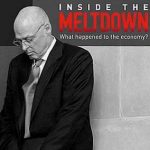 One of my favorite series to learn from is the PBS Frontline. Here’s a great one on the
One of my favorite series to learn from is the PBS Frontline. Here’s a great one on the 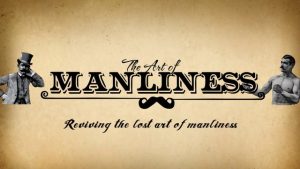 AoM is a blog about growing up well, aimed at men and their unique challenges and interests. We explore all things manly — from the serious and philosophical to the practical and fun. We seek to uncover how to live with grandpa’s swagger, virtue, and know-how in the present age by wedding the best of the past to the best of the present. The end goal is to create a synergy of tradition and modernity that offers men a way forward and signposts on how to live an excellent, flourishing life.
AoM is a blog about growing up well, aimed at men and their unique challenges and interests. We explore all things manly — from the serious and philosophical to the practical and fun. We seek to uncover how to live with grandpa’s swagger, virtue, and know-how in the present age by wedding the best of the past to the best of the present. The end goal is to create a synergy of tradition and modernity that offers men a way forward and signposts on how to live an excellent, flourishing life. Freakonomics Radio
Freakonomics Radio HERE
HERE Seven years on the air, covering the play by play of American politics I consider myself more up on current events than most. I predicted a Romney win in 2012 and predicted a Trump loss in 2016. So much for a career as a political prognosticator. Here’s the most important reason for a Trump presidency…
Seven years on the air, covering the play by play of American politics I consider myself more up on current events than most. I predicted a Romney win in 2012 and predicted a Trump loss in 2016. So much for a career as a political prognosticator. Here’s the most important reason for a Trump presidency… Our school crisis is a reflection of this greater social crisis. We seem to have lost our identity. Children and old people are penned up and locked away from the business of the world to a degree without precedent – nobody talks to them anymore and without children and old people mixing in daily life a community has no future and no past, only a continuous present. In fact, the name “community” hardly applies to the way we interact with each other. We live in networks, not communities, and everyone I know is lonely because of that. In some strange way school is a major actor in this tragedy just as it is a major actor in the widening guilt among social classes.
Our school crisis is a reflection of this greater social crisis. We seem to have lost our identity. Children and old people are penned up and locked away from the business of the world to a degree without precedent – nobody talks to them anymore and without children and old people mixing in daily life a community has no future and no past, only a continuous present. In fact, the name “community” hardly applies to the way we interact with each other. We live in networks, not communities, and everyone I know is lonely because of that. In some strange way school is a major actor in this tragedy just as it is a major actor in the widening guilt among social classes. Two institutions at present control our children’s lives – television and schooling, in that order. Both of these reduce the real world of wisdom, fortitude, temperance, and justice to a never-ending, non-stopping abstraction. In centuries past the time of a child and adolescent would be occupied in real work, real charity, real adventures, and the realistic search for mentors who might teach what you really wanted to learn. A great deal of time was spent in community pursuits, practicing affection, meeting and studying every level of the community, learning how to make a home, and dozens of other tasks necessary to become a whole man or woman.
Two institutions at present control our children’s lives – television and schooling, in that order. Both of these reduce the real world of wisdom, fortitude, temperance, and justice to a never-ending, non-stopping abstraction. In centuries past the time of a child and adolescent would be occupied in real work, real charity, real adventures, and the realistic search for mentors who might teach what you really wanted to learn. A great deal of time was spent in community pursuits, practicing affection, meeting and studying every level of the community, learning how to make a home, and dozens of other tasks necessary to become a whole man or woman.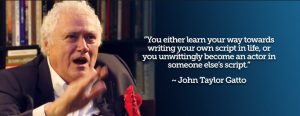
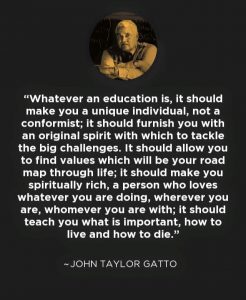 It’s high time we looked backwards to regain an educational philosophy that works. One I like particularly well has been a favorite of the ruling classes of Europe for thousands of years. I use as much of it as I can manage in my own teaching, as much, that is, as I can get away with given the present institution of compulsory schooling. I think it works just as well for poor children as for rich ones.
It’s high time we looked backwards to regain an educational philosophy that works. One I like particularly well has been a favorite of the ruling classes of Europe for thousands of years. I use as much of it as I can manage in my own teaching, as much, that is, as I can get away with given the present institution of compulsory schooling. I think it works just as well for poor children as for rich ones. (
( Dear Tech World, STEMism is Hurting Us
Dear Tech World, STEMism is Hurting Us Seneca wrote a number of tragedies that directly inspired William Shakespeare, but was also one of the main exponents of the Stoic school of philosophy, which has made a surprising comeback in recent years. Stoicism teaches us that the highest good in life is the pursuit of the four cardinal virtues of practical wisdom, temperance, justice and courage – because they are the only things that always do us good and can never be used for ill. It also tells us that the key to a serene life is the realization that some things are under our control and others are not: under our control are our values, our judgments, and the actions we choose to perform. Everything else lies outside of our control, and we should focus our attention and efforts only on the first category.
Seneca wrote a number of tragedies that directly inspired William Shakespeare, but was also one of the main exponents of the Stoic school of philosophy, which has made a surprising comeback in recent years. Stoicism teaches us that the highest good in life is the pursuit of the four cardinal virtues of practical wisdom, temperance, justice and courage – because they are the only things that always do us good and can never be used for ill. It also tells us that the key to a serene life is the realization that some things are under our control and others are not: under our control are our values, our judgments, and the actions we choose to perform. Everything else lies outside of our control, and we should focus our attention and efforts only on the first category.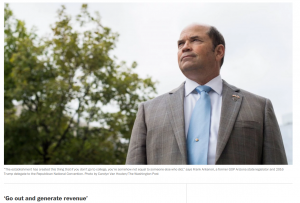 Elitists, crybabies and junky degrees
Elitists, crybabies and junky degrees
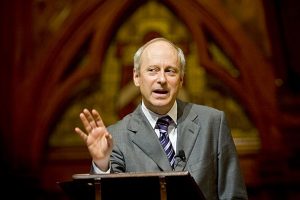


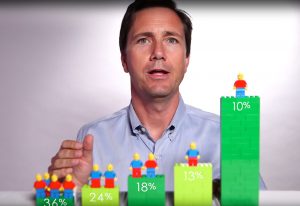 You’re seeing economists on the left, right, and center talk a lot about housing now. Could you get into that?
You’re seeing economists on the left, right, and center talk a lot about housing now. Could you get into that?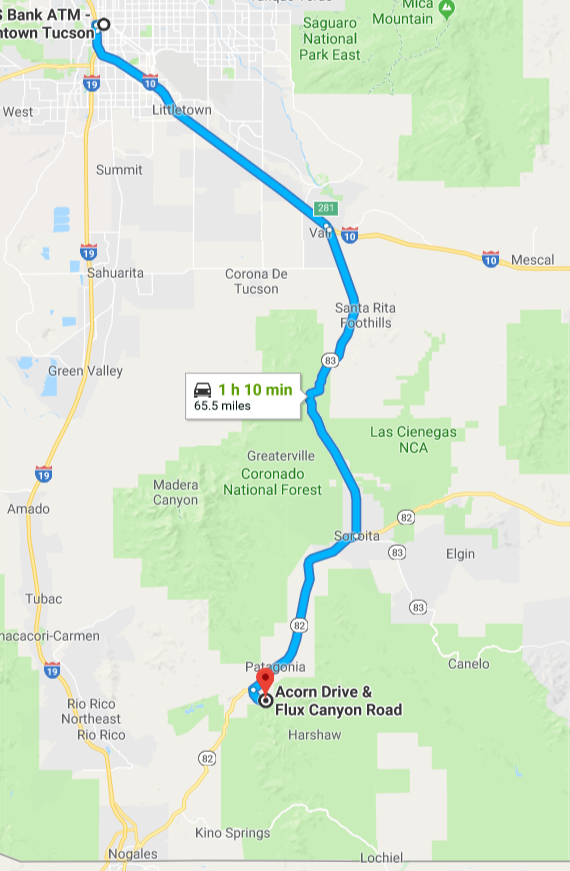
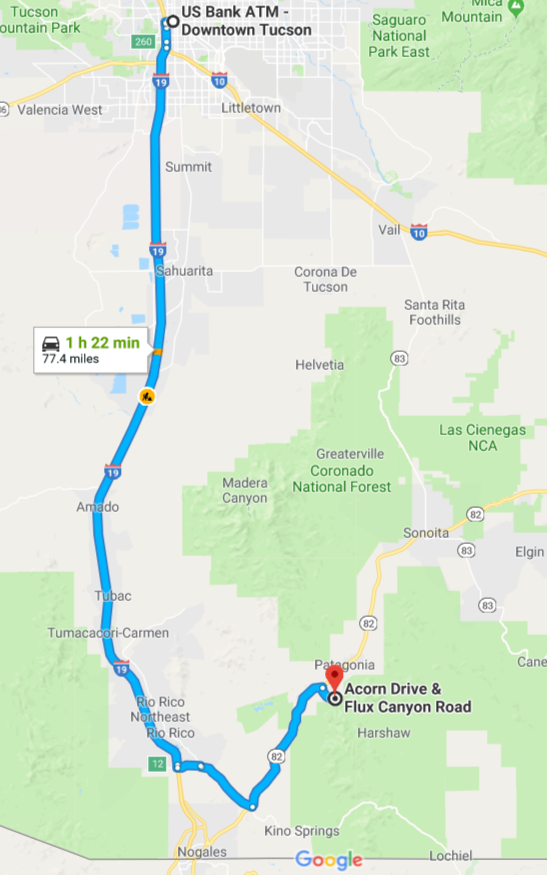









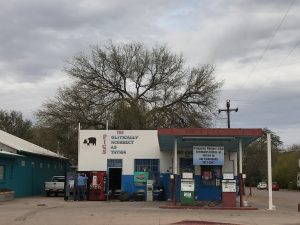
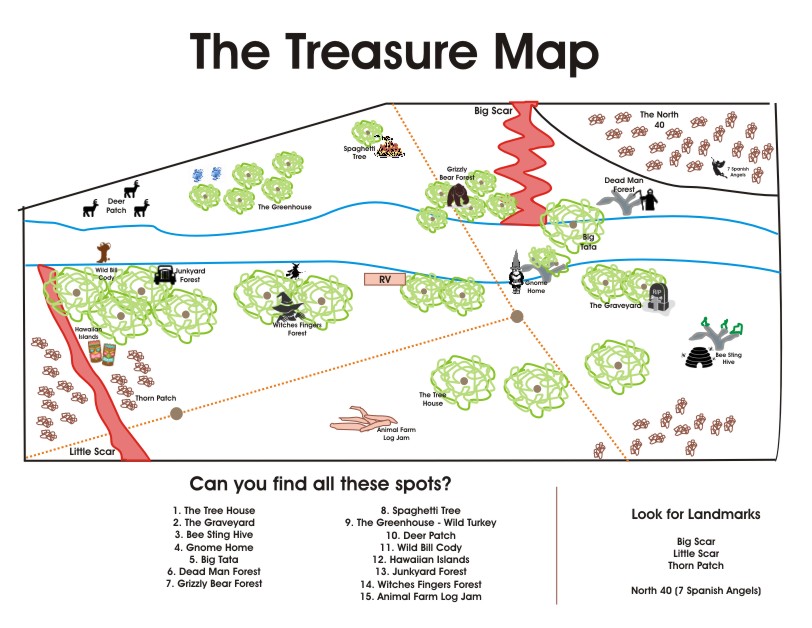

 (from
(from 
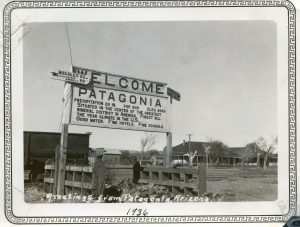
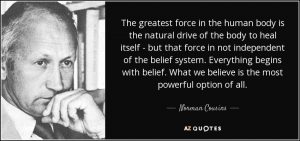 From the
From the 
 There is a proposed mine set to open up on top of Harshaw Rd and the forest service access to Flux Canyon. There are people on both sides of the issue. Wildcat Mining has drilled over 176 exploratory holes around an old Asarco mine. They found huge supplies of silver among other things and are planning on doing an underground mining operation. The impact on traffic and water have been a big debate in the Patagonia area. Mining has been going on in the Patagonia mountains and
There is a proposed mine set to open up on top of Harshaw Rd and the forest service access to Flux Canyon. There are people on both sides of the issue. Wildcat Mining has drilled over 176 exploratory holes around an old Asarco mine. They found huge supplies of silver among other things and are planning on doing an underground mining operation. The impact on traffic and water have been a big debate in the Patagonia area. Mining has been going on in the Patagonia mountains and 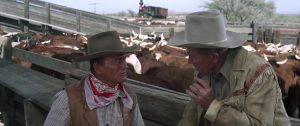 There have been a number of films shot in and around Patagonia. Some of these include:
There have been a number of films shot in and around Patagonia. Some of these include: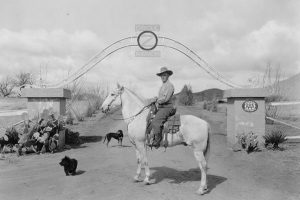 The Circle Z Ranch, which started as a sheep-herding operation in the 1880’s, was developed as a dude ranch in the 1920’s. It is the oldest continuously operating dude ranch in Arizona.
The Circle Z Ranch, which started as a sheep-herding operation in the 1880’s, was developed as a dude ranch in the 1920’s. It is the oldest continuously operating dude ranch in Arizona.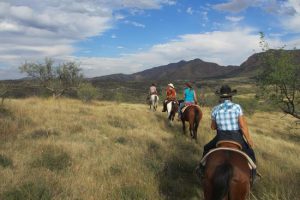 Then the Depression arrived, as did the drought, and the picnics were discontinued in 1934. Today, we scratch our heads in wonder about how all of it was accomplished without today’s conveniences.
Then the Depression arrived, as did the drought, and the picnics were discontinued in 1934. Today, we scratch our heads in wonder about how all of it was accomplished without today’s conveniences.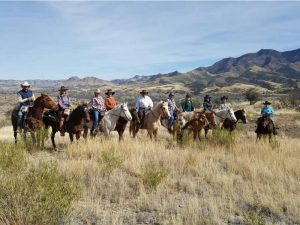 World War II put a crimp in the resort and travel business, and the Circle Z ended up changing hands several times. In 1949 Fred Fendig came from Chicago and purchased the Circle Z. He was the owner-manager for the next 25 years. In 1952 the centrally located main ranch house with its two beautiful living rooms and large dining room burned to the ground. The Zinsmeister house was taken over and became the lodge in that year.
World War II put a crimp in the resort and travel business, and the Circle Z ended up changing hands several times. In 1949 Fred Fendig came from Chicago and purchased the Circle Z. He was the owner-manager for the next 25 years. In 1952 the centrally located main ranch house with its two beautiful living rooms and large dining room burned to the ground. The Zinsmeister house was taken over and became the lodge in that year.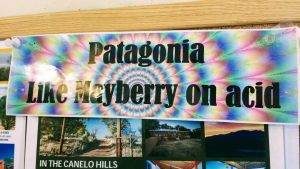
 (
(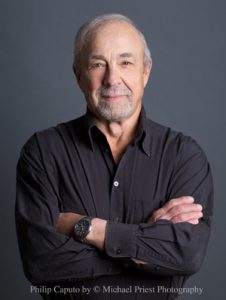 Caputo has won 10 journalistic and literary awards, including the Pulitzer Prize in 1972 (shared for team investigative reporting on vote fraud in Chicago), the Overseas Press Club Award in 1973, the Sidney Hillman Foundation award in 1977 (for A Rumor of War), the Connecticut Book Award in 2006, and the Literary Lights Award in 2007. His first novel, Horn of Africa, was a National Book Award fin
Caputo has won 10 journalistic and literary awards, including the Pulitzer Prize in 1972 (shared for team investigative reporting on vote fraud in Chicago), the Overseas Press Club Award in 1973, the Sidney Hillman Foundation award in 1977 (for A Rumor of War), the Connecticut Book Award in 2006, and the Literary Lights Award in 2007. His first novel, Horn of Africa, was a National Book Award fin alist in 1980, and his 2007 essay on illegal immigration won the Blackford Prize for nonfiction from the University of Virginia.
alist in 1980, and his 2007 essay on illegal immigration won the Blackford Prize for nonfiction from the University of Virginia.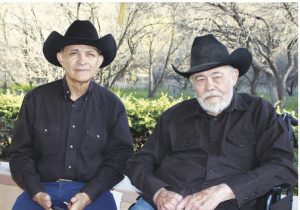 (
(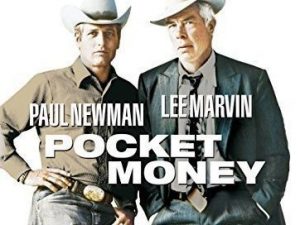 es into a family of ranchers, he is related to many of the founding settlers of the region.
es into a family of ranchers, he is related to many of the founding settlers of the region.
 A couple spots- Pane Bianco down Central on the light Rail
A couple spots- Pane Bianco down Central on the light Rail “A democracy cannot exist as a permanent form of government. It can only exist until the voters discover they can vote themselves largesse from the public treasury. From that moment on, the majority always votes for the candidates promising them the most benefits from the public treasury, with the result that a democracy always collapses over a loss of fiscal responsibility, always followed by a dictatorship. The average of the world’s great civilizations before they decline has been 200 years. These nations have progressed in this sequence:
“A democracy cannot exist as a permanent form of government. It can only exist until the voters discover they can vote themselves largesse from the public treasury. From that moment on, the majority always votes for the candidates promising them the most benefits from the public treasury, with the result that a democracy always collapses over a loss of fiscal responsibility, always followed by a dictatorship. The average of the world’s great civilizations before they decline has been 200 years. These nations have progressed in this sequence: